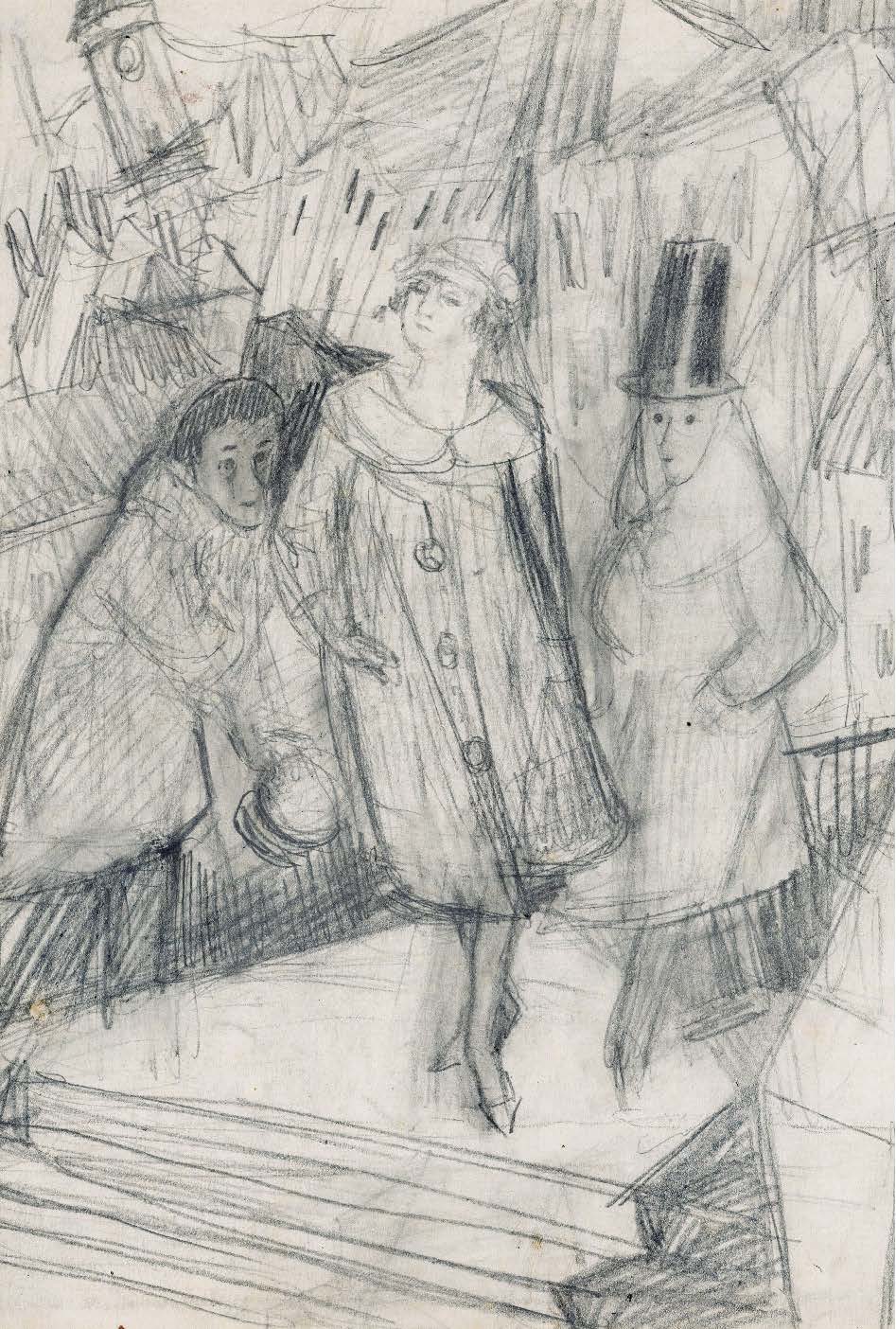Ucieleśnione sytuacje komunikacyjne w prozie Brunona Schulza
Embodied Communication in Schulz’s Fiction
Author(s): Paweł TomczokSubject(s): Communication studies, Comparative Study of Literature, Polish Literature, Philology
Published by: Fundacja Terytoria Książki
Keywords: Bruno Schulz;body studies;communication models;polish literature;body language;
Summary/Abstract: The topic of the paper is the problem of the embodiment of communication in Bruno Schulz’s fiction. According to a number of critics, such as Wojciech Wyskiel, Krzysztof Kłosiński, Włodzimierz Bolecki, and Andrzej Sulikowski, in Schulz’s short stories communication by dialog is hardly present. The author proposes a different approach to the problem, based on a key role of the corporeal conditions of communication. Reading Schulz, one must identify the point of view from which individual texts are written, usually unspecified by some named character (most often the “Father”), but depending on the body which performs various actions or perceives the world in a definite way. Thus, to understand Schulz’s fiction it does not make sense to focus on dialogs, but instead the reader should recognize and analyze a bodily perspective, both sensual and affective, i.e. its strata that are particularly well rooted in the basic cognitive abilities. Next to those sensual and affective perspectives, the narration is also determined by higher cognitive skills, such as memory and the ability to pass value judgments. Still, they do not contribute to one coherent perspective, but rather reveal that the narrational subject of the story has been “patched” or made of various perspectives – the child’s body sees and feels, while the subject that remembers and speaks is definitely an adult. This refers in particular to the “Father” figure, behind which the writer concealed in many passages the experience and behavior of the child. A context for such an interpretation can be found in the works of Jean Piaget from the 1920s, analyzing the child’s animism and polemical against the Cartesian concept of the subject, as well as today’s proposals referring to Graham Harman’s speculative realism and childhood studies. However, the Schulzean model of the child’s metaphysics has little to do with utopia – it is rather an insight in some kind of universal suffering of the matter, as in the case of the panopticon figures which turn out to be embodied cases of misunderstanding. The child’s retreat from the communication with adults also implies many problems. That troubled communication seems to be a condition of deep reception.
Journal: Schulz/Forum
- Issue Year: 2019
- Issue No: 13
- Page Range: 47-62
- Page Count: 16
- Language: Polish

